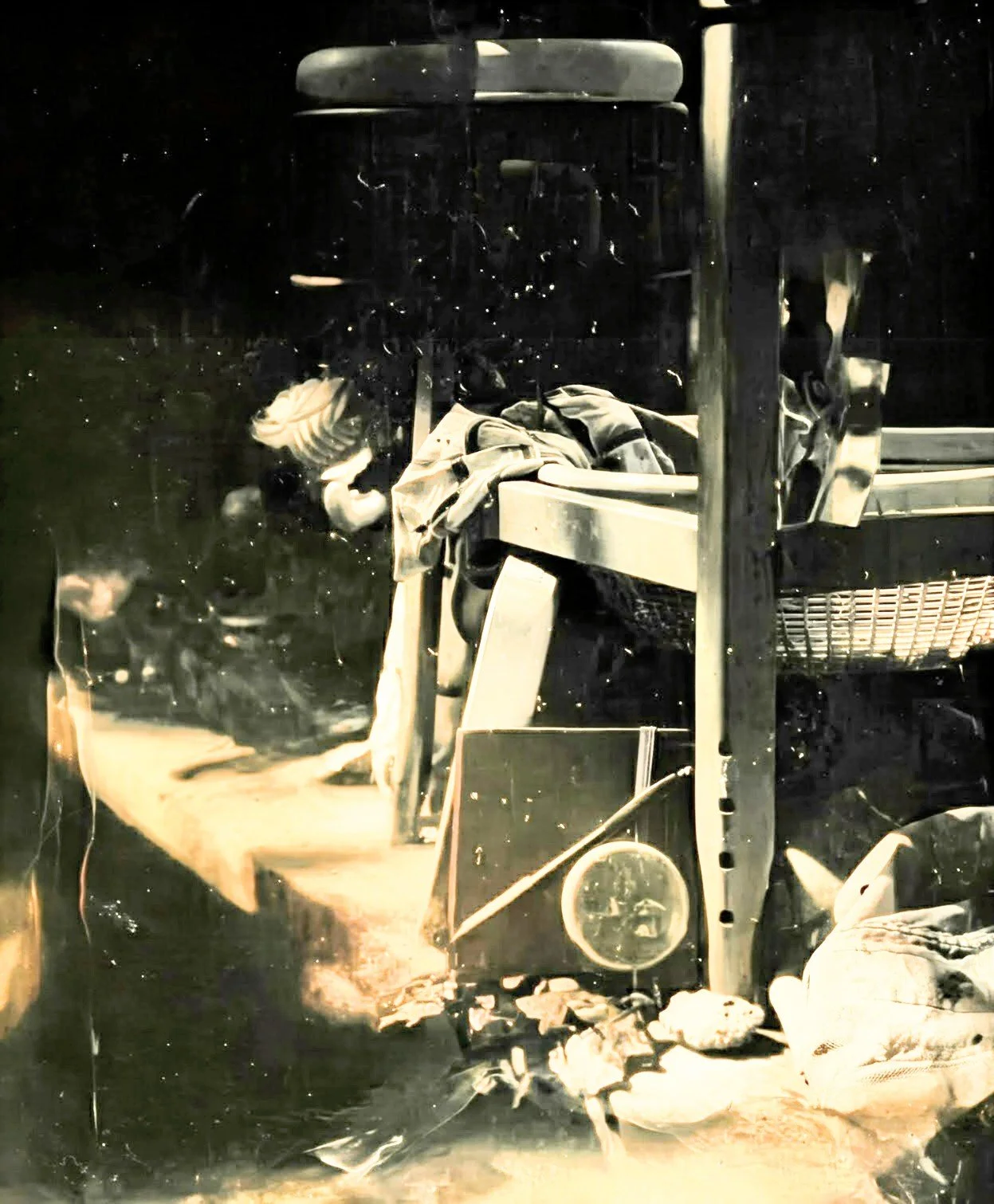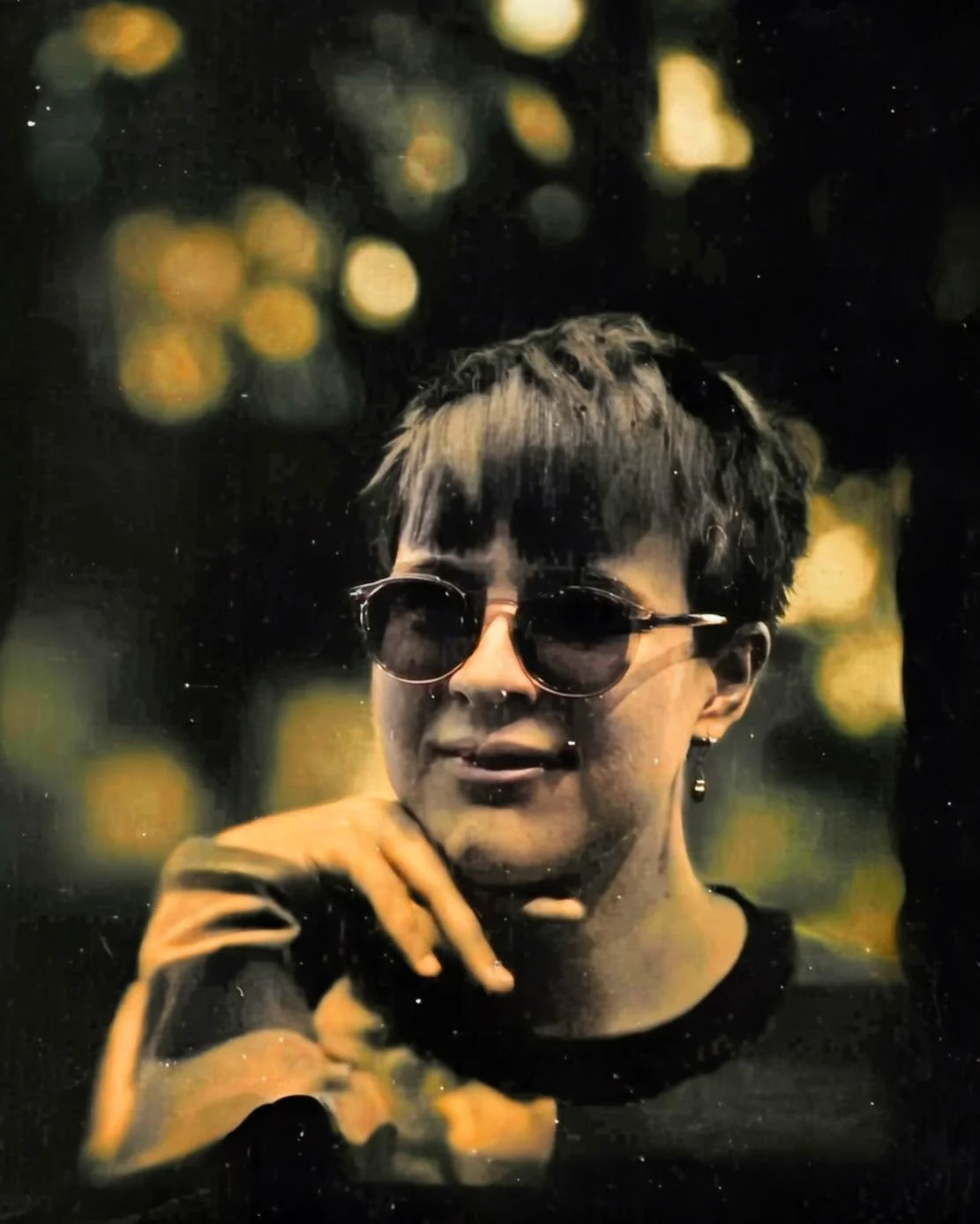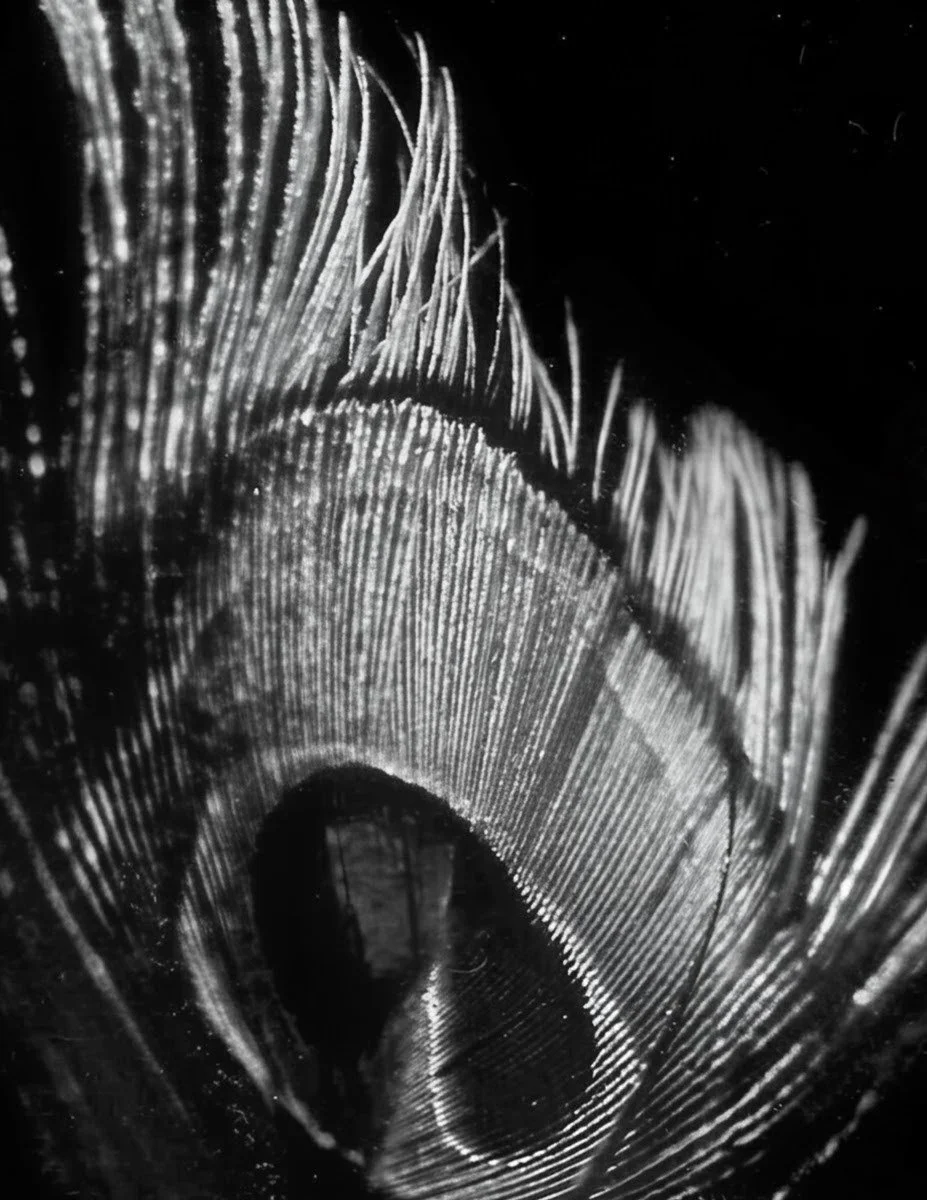October Coast art - Be Better, Do Art
Large format photography primarily uses a view camera, a design dating back to the 19th century that offers unparalleled control and image quality. The term "large format" generally refers to film sizes inches or larger, such as inches.
The View Camera and its Techniques:
A view camera is essentially an adjustable, light-tight box with a lens standard (front) and a film/focusing screen standard (rear) connected by a flexible bellows.
Viewing and Focusing: The image from the lens is projected, inverted and reversed, onto a ground-glass screen at the film plane. The photographer composes and focuses while viewing this image, typically under a dark cloth.
Camera Movements: The core advantage is the ability to independently move the front and rear standards. These movements (rise/fall, shift, tilt, and swing) allow for:
Perspective Control: Rise and shift movements adjust the composition without tilting the camera, which is crucial in architectural photography to keep parallel lines (like a building's sides) from converging (keystoning).
Depth of Field Control: Tilt and swing movements allow the photographer to swivel the plane of sharp focus (Scheimpflug Principle), making it possible to have extreme near and far subjects simultaneously sharp, even at wide apertures.
Historical and Alternative Processes:
The view camera's modular design makes it ideal for historical processes that require custom light-sensitive materials, including:
Wet Plate Collodion: This process, popular in the mid-19th century, requires the photographer to coat a plate (glass for a negative/ambrotype or metal for a tintype) with a sticky collodion emulsion, sensitize it in silver nitrate, expose it, and develop it all while the plate is still wet (about 10-15 minutes). This necessitates a portable darkroom in the field and produces unique, high-detail images. A tintype is a direct positive image on a thin metal plate.
Paper Negatives (Calotype): Instead of film, specially prepared paper is sensitized and used in the film holder to create a paper negative. This process yields a softer, textured image quality compared to modern film, often with visible fibers and a distinct "artistic" aesthetic.
Large format photography is characterized by its meticulous, slow process, outstanding resolution, and ultimate control over perspective and focus.































